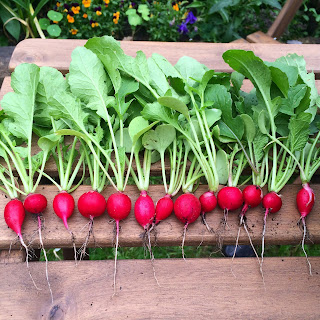Wonderful Willow Pattern
We all know it, that bright "Blue and White" china that can be found in kitchen cupboards up and down the land. Its long been a stable of UK homes and is somehow now a symbol of reassurance, a nice cup of tea and a slice of cake on some blue and white china somehow makes everything ok.
What most people don't know though is that the chinoiserie willow pattern, depicting a Chinese love story was in fact imagined and created in Staffordshire, a long way from the exotic Orient. Believed to be first developed by the founders of Spode and Minton in the 1780's, its now entered the nations very fabric, from Nanas favourite Roast Joint Serving Platter, to washed up pieces of sea pottery on the Cornish Coast.
The love story of the willow pattern is quite romantic, and on closer inspections of most pieces all the characters can be seen.
The Romantic Fable: Once there was a wealthy
Mandarin, who had a beautiful daughter (Koong-se). She had fallen in love with her father's humble accounting assistant (Chang), angering her father. (It was inappropriate for them to marry due to their difference in social class.) He dismissed the young man and built a high fence around his house to keep the lovers apart. The Mandarin was planning for his daughter to marry a powerful Duke. The Duke arrived by boat to claim his bride, bearing a box of jewels as a gift. The wedding was to take place on the day the blossom fell from the willow tree.
On the eve of the daughter's wedding to the Duke, the young accountant, disguised as a servant, slipped into the palace unnoticed. As the lovers escaped with the jewels, the alarm was raised. They ran over a bridge, chased by the Mandarin, whip in hand. They eventually escaped on the Duke's ship to the safety of a secluded island, where they lived happily for years. But one day, the Duke learned of their refuge. Hungry for revenge, he sent soldiers, who captured the lovers and put them to death. The gods, moved by their plight, transformed the lovers into a pair of doves (possibly a later addition to the tale, since the birds do not appear on the earliest willow pattern plates).- Wikipedia.
So why write a blog post about Willow Pattern? Well, this is your heads up! It last had a revival in the 1980's, the newly wealthy collected it to adorn their country kitchens and its popularity resurged. When I first started dealing in antiques in 2008 nobody wanted willow pattern, I couldn't give it away, but things are changing, now as soon as I get it in stock, it sells. So, take heed, the fashion is changing as people start to love willow pattern again!






